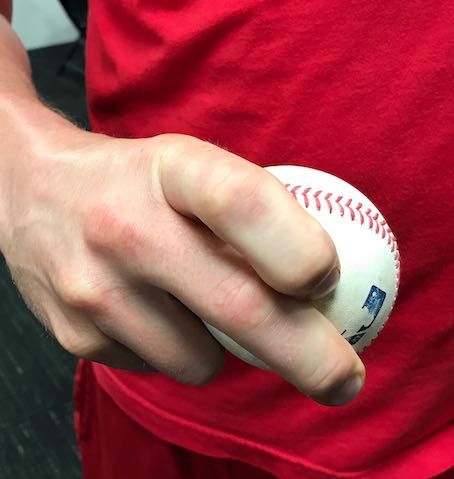When Teams Have Walked, Walked, Walked It Off
In Tuesday’s game between the Padres and Cubs, the two teams entered the bottom of the 10th inning tied up. Steve Cishek came into the game and induced a groundball out from Ty France; Luis Urías followed with an infield single. Then, things got out of control.
Austin Hedges, who at the time had a 52 wRC+ on the season, walked on five pitches. The first three pitches were all borderline, but outside the zone and were called balls. After a pitch right down the middle, Cishek couldn’t make a competitive pitch:
Then in stepped Travis Jankowski, with a career 79 wRC+ in nearly 1,000 major-league plate appearances, but also a robust 10% walk rate. After working the count to 2-2, Jankowski was nearly hit by a pitch. The play was reviewed and it was called a ball. After a 3-2 four-seamer down the middle was fouled off, Cishek threw a sinker well out of the zone:



